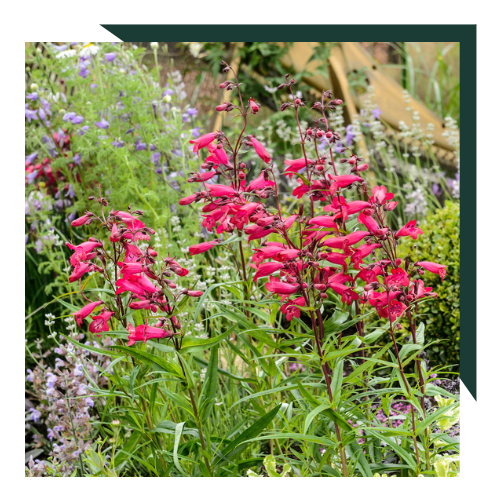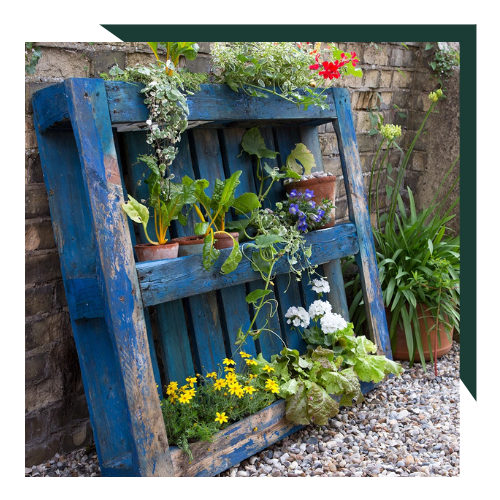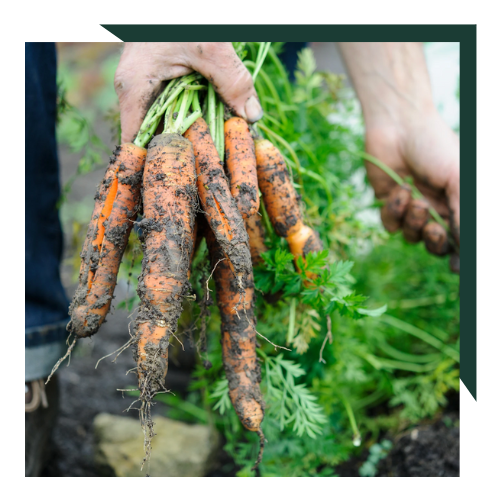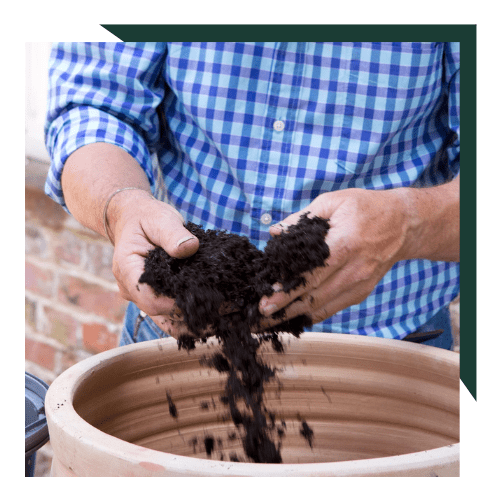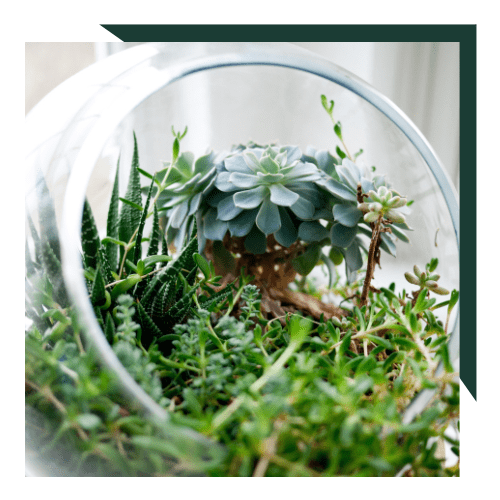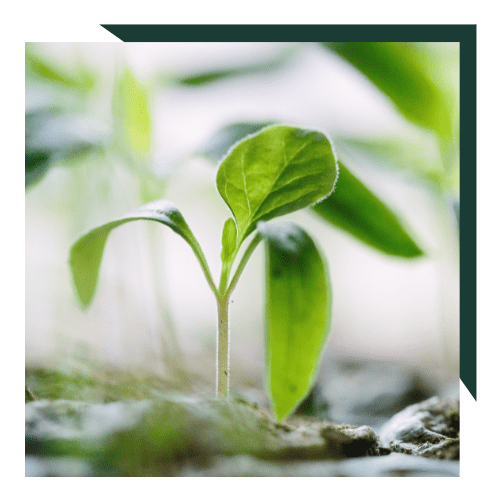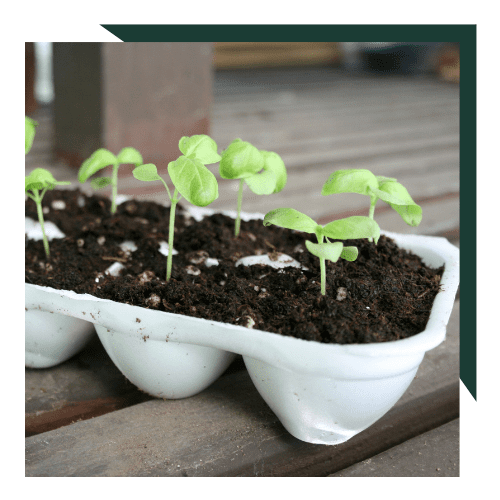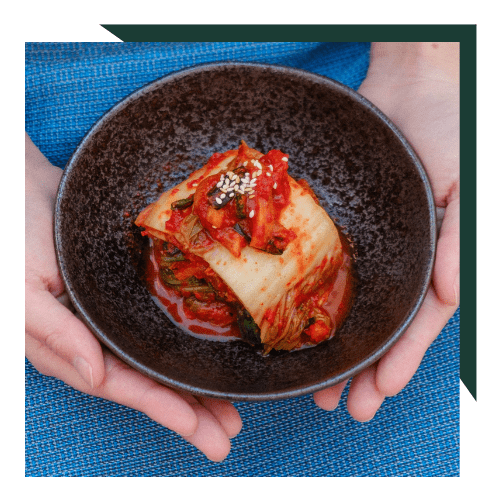How to grow carrots: Everything you need to know
Discover the vibrant world of home-grown carrots, where flavor reigns supreme, and diversity thrives beyond the confines of the typical grocery store fare. From the familiar orange to the exotic hues of purple, yellow, and white, and even the charmingly rounded varieties perfect for container cultivation, there’s a carrot for every palate and every patch of soil.
Embarking on a carrot-growing journey is refreshingly straightforward with a few essential considerations: soil preparation, fending off pesky carrot root flies, and selecting the right varieties tailored to your space and preferences. By sowing seeds successively and mastering storage techniques, you can relish your home-grown bounty nearly year-round.
Here’s a step-by-step guide to cultivating carrots from our friends at BBC Gardeners’ World Magazine:
Sowing Seeds:
Plant carrot seeds sparingly in prepared soil from March to June. Create shallow drills, cover the seeds lightly with sieved soil, and water gently. Within a couple of weeks, you should see the seeds germinate. Avoid thinning to deter carrot root flies, but ensure the area remains weed-free and water as needed. Depending on the variety chosen, expect to harvest fresh carrots in approximately 10-16 weeks post-sowing.

Soil Preparation:
Pot on into individual pots when the first true leaves appear. Keep potting on if growing in pots or plant out into the greenhouse when night temperatures exceed 10ºC – ensure the soil or compost is free-draining. Feed weekly with a high potash fertiliser once plants have started flowering, and harvest chillies as and when they appear.

Variety Selection:
Choose between early and late varieties based on your preferred harvesting timeline. The prime sowing season spans late March to June, but adjustments can be made for earlier or later sowings using protective structures like greenhouses or cloches.

Successful Sowing:
Extend your harvesting window by sowing seeds every two weeks. Opt for a diverse selection of carrot varieties to stagger your harvest throughout the season.

Container Cultivation:
Carrots adapt well to container gardening, particularly in environments with heavy or stony soil. Select containers with a minimum depth of 30cm, filling them with well-draining soil or compost. Ensure regular watering, especially during dry spells, and cover containers with fleece to deter carrot root flies.

Care and Maintenance:
Keep the soil weed-free and water occasionally, aiming for deep root growth. Avoid overwatering to prevent stunted growth. Monitor for bolting, which indicates the plant has flowered and become inedible.

Thinning Practices:
Sow seeds thinly to minimise the need for thinning, which can attract carrot root flies. If thinning becomes necessary, follow proper techniques to minimise disruption and scent release.

Pest Management:
Carrot fly infestations pose a significant threat to crops. Consider resistant varieties or employ physical barriers like fine-mesh netting or companion planting with aromatic herbs like onions or garlic to deter pests.

Harvesting:
Harvest carrots when the soil is moist to prevent breakage. Gently lift them from the ground, and water afterward to settle the soil around remaining roots.

With these guidelines in hand, you’re poised to embark on a rewarding journey into the world of home-grown carrots, from seed to harvest and beyond. Enjoy the bountiful flavours and vibrant colours of your labour, knowing you’ve cultivated a taste of freshness right in your backyard.


